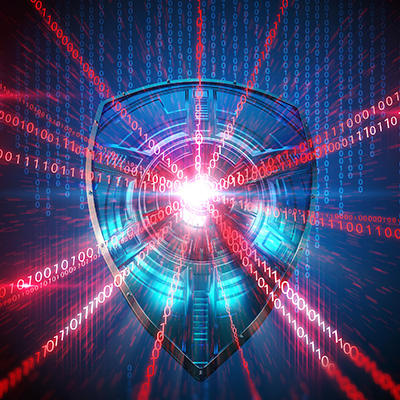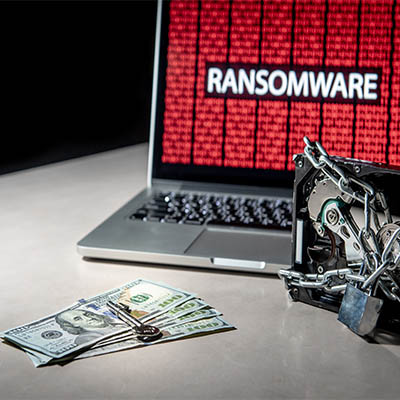Businesses everywhere are adding smart devices to their IT, and for good reason. They offer convenience and efficiency but can pose a significant network security risk. These devices, part of the Internet of Things (IoT), often lack robust security features. This makes them an attractive target for cybercriminals.
In today’s world of perpetual security breaches and cyberattacks, it’s no surprise that the greatest response to such threats is to actively prevent them from harming your organization in the first place. One key tool in this effort is an endpoint detection and response (EDR) solution. With endpoint protection on your business’ side, you can leverage a robust and powerful security solution to handle a significant portion of your network security.
Network security is an incredibly nuanced topic with a lot of specifics that must be addressed. Still, today, we want to give you some actionable items that you can use to take an active role in improving network security for your business. Let’s dig into some of the essential dos and don’ts of network security for small businesses.
The Internet of Things, or IoT, is everywhere. Right now, you probably have a device that is part of the IoT within reach, or on your person. Many businesses use the Internet of Things for various purposes, but behind this use lies significant risks from cyberthreats, and some seem to accept these risks without much concern…as in, the vast majority of businesses utilizing the Internet of Things exhibited a lack of protection, but they were not bothered by it.
Cyberthreats have grown exponentially more powerful and more dangerous over the years, and unless you do something to protect yourself, you can expect your current security measures to slowly succumb to the latest threats. Next-gen firewalls, or NGFWs, are advanced network security devices or software solutions that include both your traditional firewall system with stronger protection and visibility tools to keep tabs on network traffic. NGFWs are a solution that addresses the near-constant evolution of cyberthreats like malware, intrusion attempts, and other types of malicious threats.
Ransomware attacks are notorious for their expense to the victim—largely because of the various costs that come along with successful ransomware infections, including many that might not be expected at first. Let’s review some of these costs, if only to reinforce the importance of avoiding ransomware as a rule.






